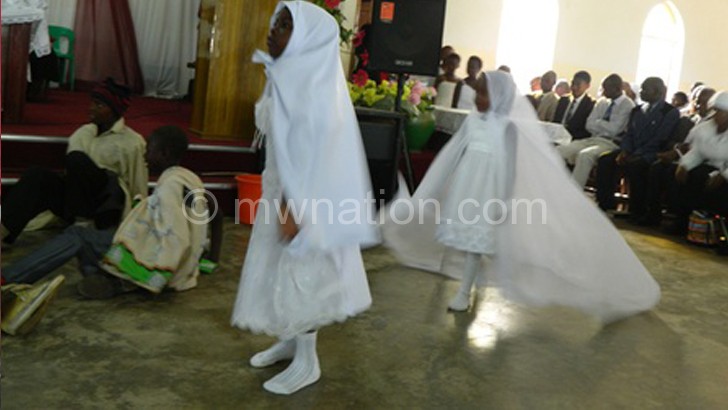Was Jesus born in a manger?
The traditional Christmas picture of Jesus in a manger in the stable is a powerful one in the Western psyche. In the Eastern Orthodox tradition, Jesus was born in a cave. Neither reflects the likely historical reality of Jesus’ birth place.

Jesus was born in Bethlehem in Judea at the time of Herod the Great, when Augustus was Caesar in Rome. He was visited by shepherds and magi. That much Matthew and Luke tells us. The rest of the story, about how Jesus’ birth took place that appears in nativity plays, owes more to the imagination and sentimentality of the Victorians than to the New Testament.
Why would Joseph, a descendant of David, in the city of his family’s origin, have to seek shelter in an inn and be turned out into a stable? It is inconceivable that He had no living relative in the town. If He did, it is equally inconceivable that he would not have sought them out and that they would not have offered hospitality.
Based on Luke 2:7 (the inn) the traditional story is that Joseph and Mary turn up in Bethlehem, cannot find any room to stay at an inn and end up in the stable and, the night they arrive Jesus is born. This contradicts the text of Luke 2:6 which says that the couple went up to Bethlehem and then, “while they were there, the time came for the baby to be born”. Obviously, the baby was not born the night they arrived in the crowded city.
This raises the question of where they stayed: were they in a stable, a cave or a private home? According to Biblical scholarship based on the Middle Eastern customs and traditions, Jesus was not born in a stable, but in the living room of a family home. The typical house considered of a living area of the family and, at one end, set about 4ft lower than the living area, the place where the family’s donkey, sheep or cow was brought in at night. Mangers were set into the step, where the animals could feed.
Yes, it would still have been the manger, because peasant families typically had mangers inside their houses for their animals to spend the night. Cultural interpretations have resulted in some lost meanings to the Biblical stories. The gospel of Matthew and Luke, do not mention the stable or hardhearted innkeeper of the Christians pageants.
The Bible is the word that comes to us down through the centuries as unique document that is, in some sense or another, inspired by God. But our interpretation of the Bible is always flawed.
Kenneth Bailey, seeing the gospel through Middle Eastern eyes, gives an explanatory footnote to the account. He visited Lebanese villages that were unchanged from the Bronze Age. He discovered that in those villages, animals were brought into the house at night and stayed at ground level while people stayed in a raised terrace living area. Therefore, Bailey suggests that Jesus was born in a private home. This conclusion is based on two things: the nature of the Palestinian extended family and the layout of the typical Palestinian home as mentioned above.
As for the “inn” with no space, Luke did not mean a commercial inn, but rather a guest room in a private house, since we are told that Jesus is laid in a manger and that mangers would be inside the house. This means that the “inn” of Luke 2:7 was a place where birth could have taken place only that it was full. So, Mary, Joseph and Jesus stayed in the living room because the guest house was occupied.
In the Middle East, it would have been a scandal for a traveller and his pregnant wife to be refused hospitality. Compare our own situation today, can such a thing happen in our society?
This interpretation is not meant to weaken the Christmas interpretation, but to strengthen the Christmas message. It is not that He was shut in Bethlehem and you, the reader, are asked if you are willing to find a place for Jesus in your heart. Rather, the story is that Bethlehem offered its best, and are you willing to offer your best? n
*The author, the Reverend Patrick M’banga, is Associate Pastor of St. Michael and All Angels Church in CCAP Blantyre Synod





